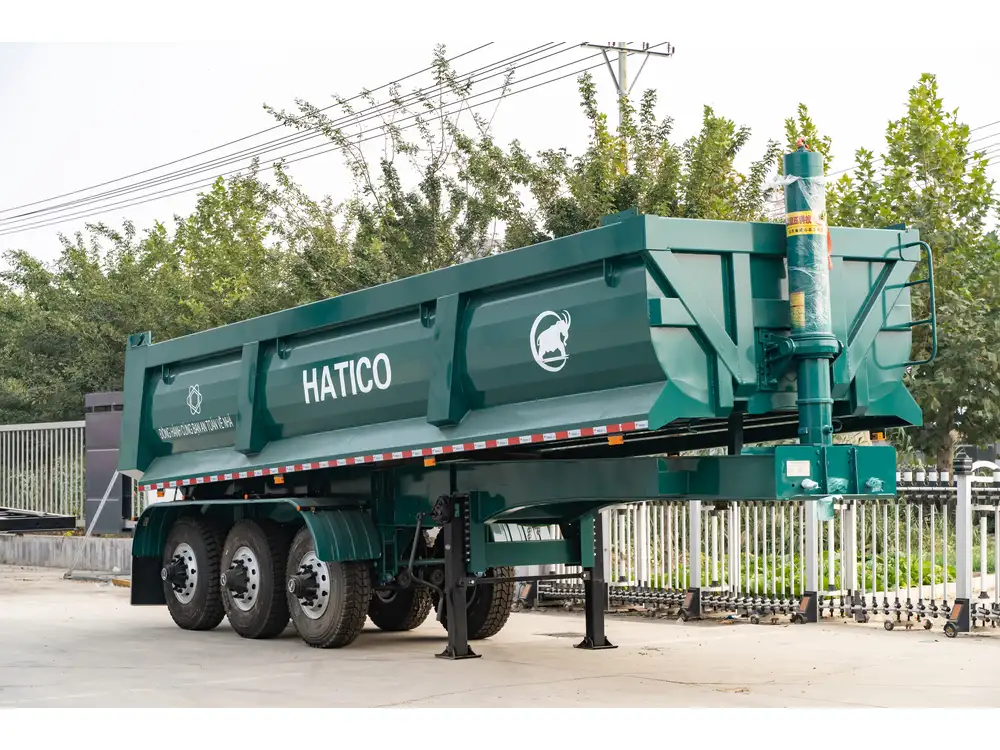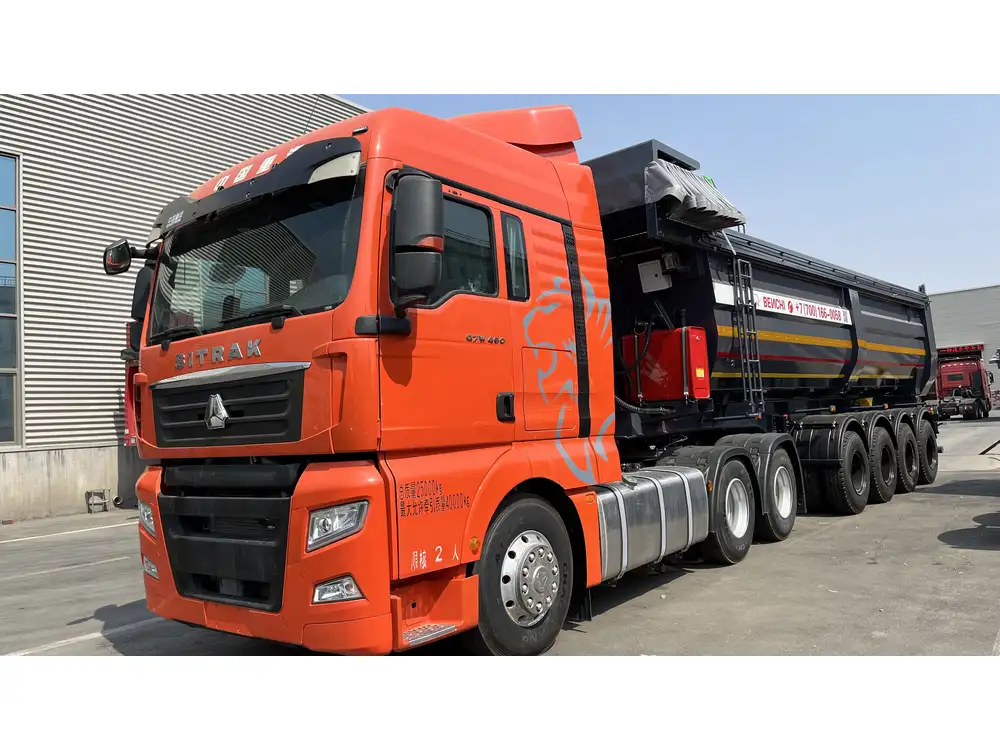When it comes to transporting large volumes of water, understanding the capacity of tanker trucks is essential. Different configurations of tanker trucks cater to varying needs and industries, making it critical for consumers, businesses, and environmental agencies to grasp how much water these vehicles can hold. In this comprehensive guide, we delve into the specifics of tanker truck capacities, the factors influencing them, and insights into how to choose the right tanker for your needs.
What is a Tanker Truck?
A tanker truck, also known as a tank truck or tank trailer, is designed specifically for transporting liquids. These vehicles come equipped with a cylindrical tank mounted on a truck chassis, enabling the safe and efficient transport of various fluids, including water, chemicals, oils, and petroleum products.
| Type of Liquid | Common Industries | Typical Capacity (Gallons) |
|---|---|---|
| Water | Construction, Agriculture | 3,000 – 7,000 |
| Fuel | Transportation, Energy | 6,000 – 12,000 |
| Chemicals | Manufacturing | 1,000 – 5,000 |
How Much Water Can a Tanker Truck Hold?

Standard Capacities
Tanker trucks come in a wide variety of sizes and shapes tailored for specific purposes. A standard tanker truck has water capacities ranging from 3,000 gallons to 10,000 gallons, with some specialized models capable of carrying more than 11,000 gallons. The capacity can significantly vary based on the truck’s design and purpose:
- Small Capacity Tankers: Typically between 3,000 to 5,000 gallons. Often used in construction sites or agricultural applications where smaller volumes are required.
- Medium Capacity Tankers: Ranging from 6,000 to 8,000 gallons. Common in municipal water supply and irrigation.
- Large Capacity Tankers: These can hold upwards of 10,000 gallons and are usually employed for regional water supply and larger agricultural needs.
Factors Influencing Tanker Capacity
- Regulatory Compliance: Different regions have regulations regarding the maximum allowable size and weight of tank trucks, impacting design and capacity.
- Tank Design: The tank’s materials and structural integrity affect the volume it can hold. Some may possess internal baffles to reduce sloshing, thus compromising the available volume for liquid.
- Weight Limitations: Every tanker truck is subject to gross vehicle weight limits. Water weighs approximately 8.34 pounds per gallon, influencing how much liquid can be safely transported without exceeding the limitations.
- Purpose of Use: Specific tasks may require specialized tank designs that either enhance durability or increase capacity, further affecting the volume that can be held.
| Factor | Impact on Capacity |
|---|---|
| Regulatory Compliance | Limits maximum size and weight |
| Tank Design | Affects usable volume due to safety features |
| Weight Limitations | Restricts weight based on water’s density |
| Purpose of Use | Influences design and total capacity |
Choosing the Right Tanker Truck
Selecting the appropriate tanker truck requires a thorough understanding of both the intended use and the operational constraints. Here are some vital considerations:

Identify Your Water Needs
The first step is clearly defining your water requirements:
- Volume: Estimate how much water you will typically need for your operations.
- Frequency: Assess how often you will require water delivery.
- Application: Different applications may necessitate various tanker configurations.
Evaluate Local Regulations
Research local regulations concerning tanker dimensions and weight limits. Compliance with these regulations is crucial to avoid fines and operational disruptions.
Consider Tanker Truck Features
Modern tankers can come equipped with several features designed to facilitate ease of use and improve efficiency:
- Insulation: Essential for temperature-sensitive liquids or keeping water cooler during transport.
- Pump Systems: Some vehicles are fitted with onboard pumping systems to assist in loading and unloading.
- Metering Systems: Feature for precise measurement of water delivered, vital for billing and inventory control.

Practical Applications of Water Tanker Trucks
Understanding the applications of various tanker sizes can inform your purchasing decision:
Construction Sites
Water is essential for creating concrete mixes or providing dust control on work sites. Smaller trucks (3,000 to 5,000 gallons) often suffice for these needs.
Agricultural Uses
Farms often require larger quantities of water for irrigation and livestock. Tanker trucks with capacities of 8,000 gallons or more are commonly used.

Municipal Supply
Cities may utilize tanker trucks for emergency water supply, residential deliveries, and dust control on unpaved roads. Depending on demand, municipal water trucks can range from 3,000 to 10,000 gallons.
Environmental Applications
In scenarios involving environmental cleanup or firefighting efforts, larger capacity tankers may be called upon to deliver significant water quantities rapidly.
Maintenance and Operation of Water Tanker Trucks
Ensuring the longevity and functionality of tanker trucks requires regular maintenance and diligent operational practices.

Regular Inspections
Conduct routine inspections to:
- Check for leaks or corrosion.
- Ensure that pumps and valves function correctly.
- Inspect tires, brakes, and other mechanical systems.
Cleaning Protocols
To keep the tank free of contaminants, implement a regular cleaning schedule. This is crucial for water transport to ensure the quality and safety of the liquid being carried.
Optimal Loading Practices
Adhere to optimal loading procedures to distribute weight evenly, avoiding excessive stress on any single axle and prolonging the life of both truck and tank.

Cost Considerations in Water Transport
The cost of employing a tanker truck goes beyond purchase price:
Initial Investment
Purchasing a new or used tanker can be a significant upfront expense depending on capacity and features.
Operating Costs
- Fuel Efficiency: Assess the fuel consumption relative to the desired load capacity.
- Maintenance Costs: Factor in regular maintenance, parts replacement, and inspections.
| Cost Type | Estimation |
|---|---|
| Initial Investment | $50,000 – $200,000 |
| Operating Costs | $0.10 – $0.30 per gallon transported |
| Maintenance | $1,500 – $5,000 annually |

Hiring vs. Owning
Consider the pros and cons of owning versus hiring a water tanker. Hiring can avoid maintenance and upfront costs, while ownership can yield long-term savings.
Conclusion
Choosing the right tanker truck for transporting water involves a detailed evaluation of your specific needs, regulations, and operational parameters. With tank capacities varying widely—from 3,000 to over 11,000 gallons—understanding these dynamics is critical for effective fluid management. By employing industry best practices in maintenance and operation, one can ensure both efficiency and safety in transporting water.



